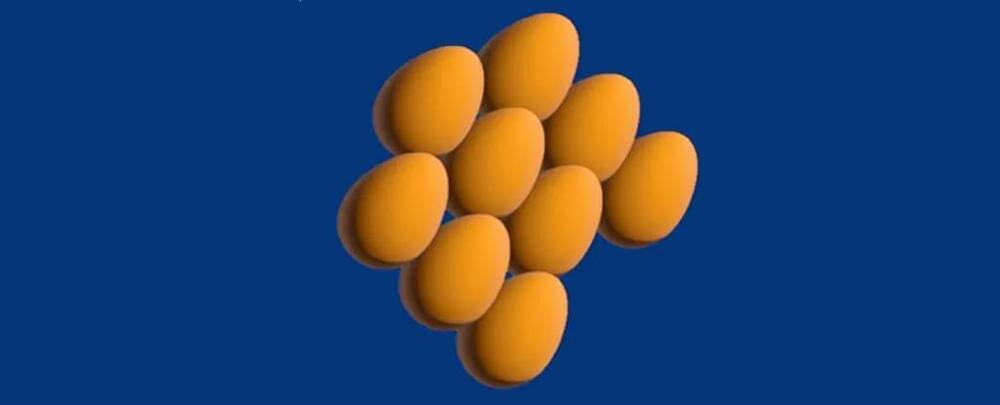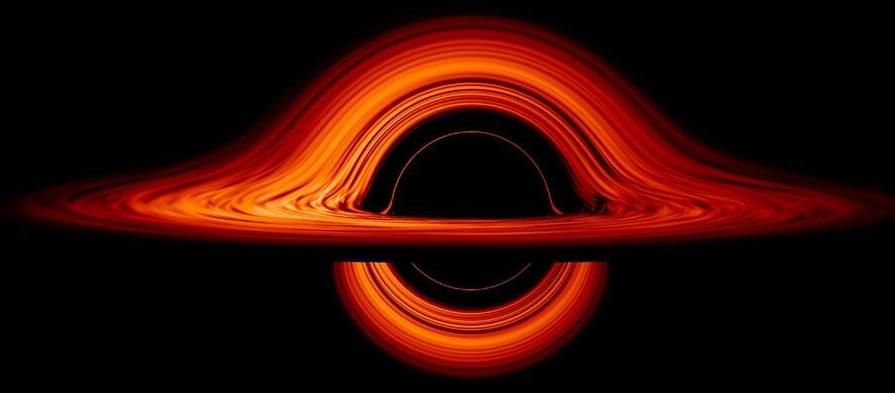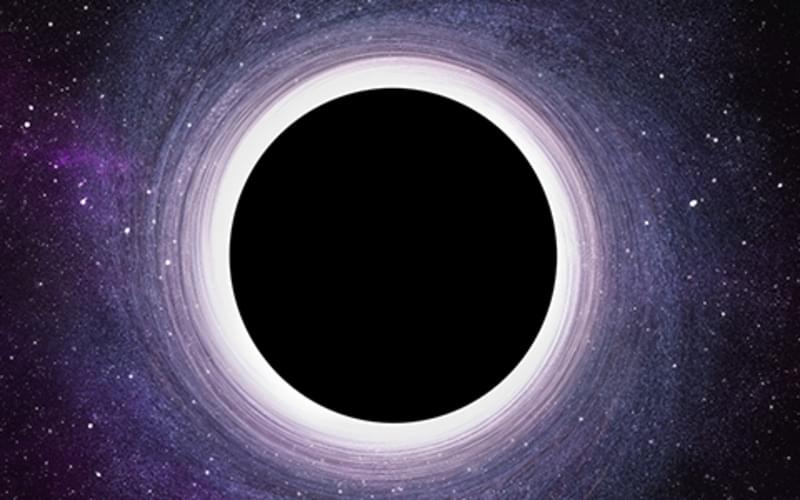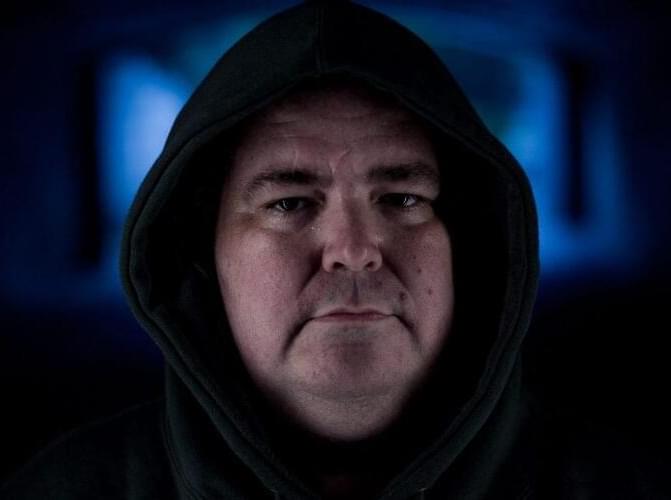The future of physics is very bright indeed! Join us, and find out more!
Subscribe ► https://wmojo.com/unveiled-subscribe.
In this video, Unveiled takes a closer look at the most exciting ways that physics will change the world during YOUR lifetime! We’re now SO CLOSE to making these incredible breakthroughs, but which will happen first? And which will have the greatest impact on life, the universe, and everything?
This is Unveiled, giving you incredible answers to extraordinary questions!
Find more amazing videos for your curiosity here:
6 Scientific Breakthroughs Predicted For Your Lifetime — https://youtu.be/wGKj-3AfxdE
6 NASA Breakthroughs Predicted For Your Lifetime — https://youtu.be/EMiUmz33uJo.
0:00 Intro.






